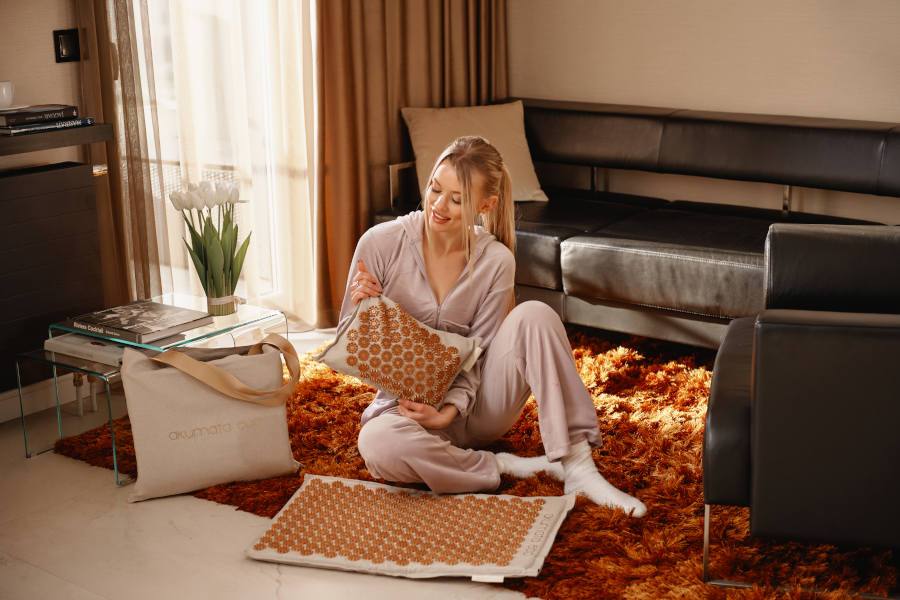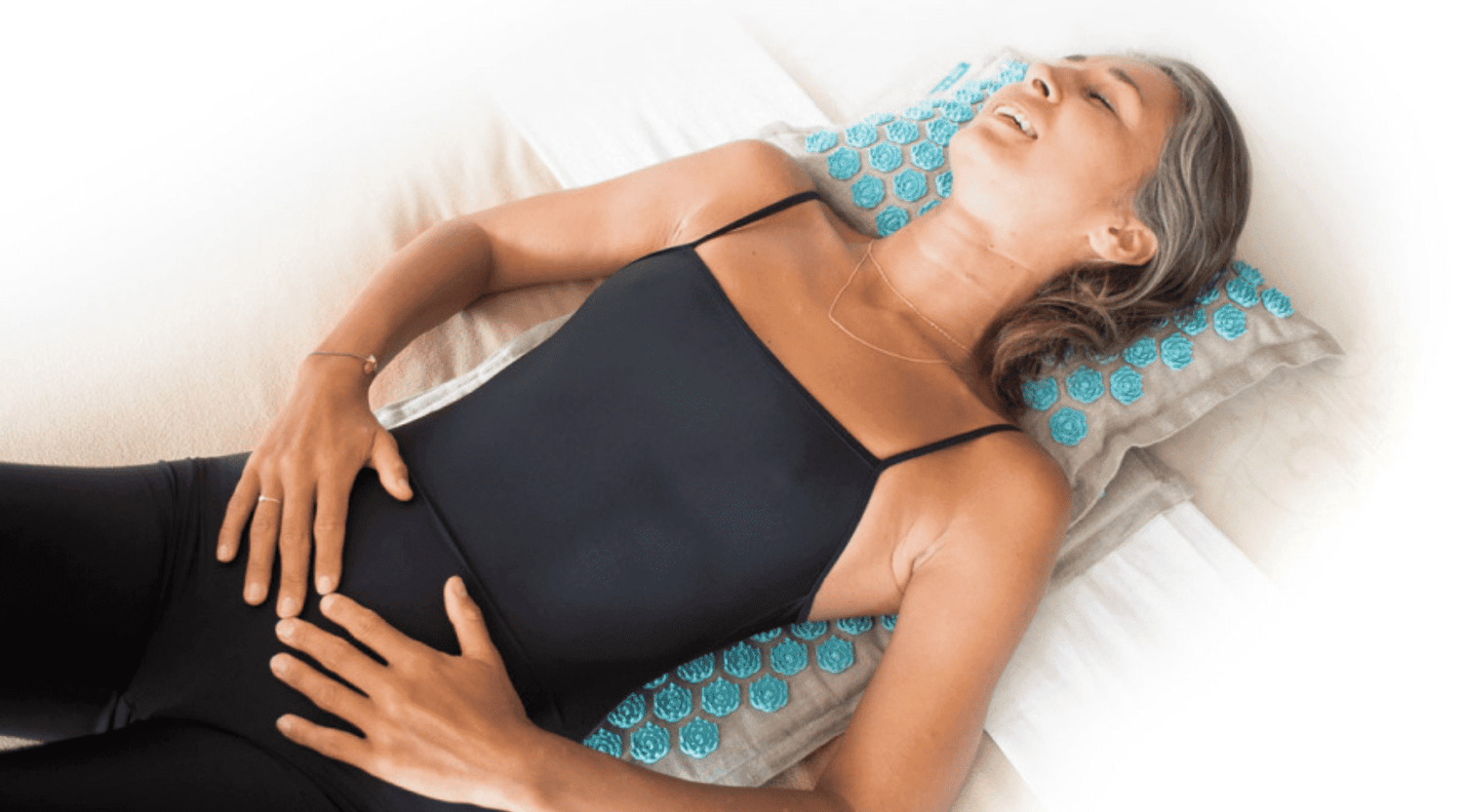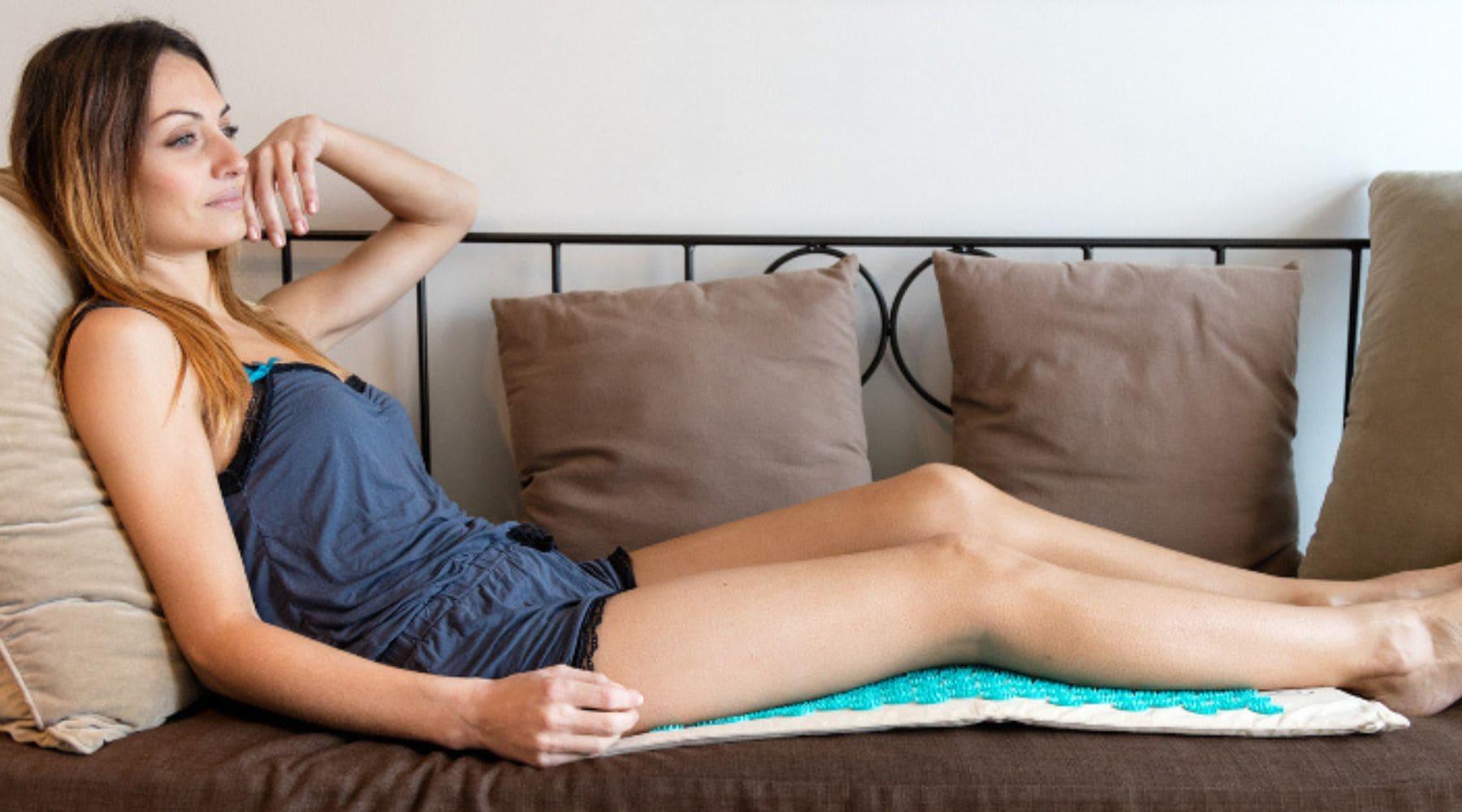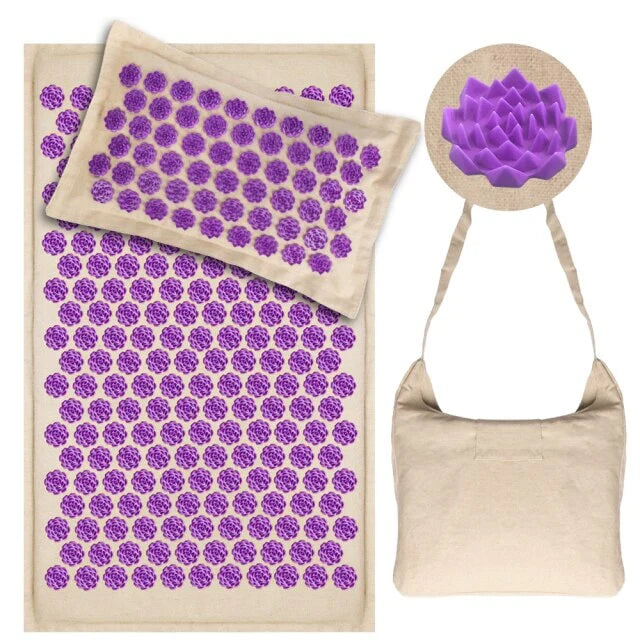A manual therapy is regarded as acupressure. It is a form of acupressure that has its roots in traditional Chinese medicine and involves stimulating particular body parts and places known as acupressure points.
Acupressure has been used for 5000 years to relieve pain, reduce anxiety, regulate the body, and lose weight. We cordially encourage you to learn about the origins, advantages, and practical uses of acupressure in this article.

Presentation of acupressure
Definition and origin of this technique
One of the therapies that emerged from traditional Chinese medicine is acupressure, which dates back 5000 years. The Huang Di Nei Jing, the first text of traditional Chinese medicine, is where the use of this manual therapy first appears.
Acupressure involves manually stimulating energy or acupressure points to balance the body's energy flow. In fact, the Chinese learned over time that certain parts and precise locations on the body might affect pain or the way internal organs functioned.
The method gradually become more widespread. Despite being frequently compared to acupuncture, acupressure is performed without the use of needles (hence its other name "digitopuncture").
The 5 elements, Yin and Yang, meridians, and acupressure points are the cornerstones of traditional Chinese medicine, on which this manual therapy is founded.
The law of the five elements: wood, fire, earth, metal, and water which describes how energy moves through our bodies is followed by all areas of Traditional Chinese Medicine, including acupressure. Even while we are all composed of these five components, only one is dominant.

Every element has a corresponding color, season, sensation, emotion, or feeling that helps to determine who we are. Acupressure is also founded on the concept of Yin and Yang, which are opposing yet complimentary forces that are constantly attracted to and repelling one another.
Chi or Qi, a life-giving energy, is produced by this harmony. The kidneys are an example of a Yin organ in the body, while other organs are Yang (like the stomach).
In order to apply the proper acupressure spots when these forces are out of balance, a clear diagnosis of the cause of the imbalance must be made. The meridians are 12 energy channels that run through our bodies and are where the Chi flows.
They are the foundation of acupressure. They move via six Yin (Yin organs) and six Yang (Yang viscera):
- Lung (Yin) - Large intestine (Yang).
- Stomach (Yang) - Spleen (Yin).
- Heart (Yin) - Small intestine (Yang).
- Bladder (Yang) - Kidney (Yin).
- Heart Master (Yin) - Triple Warmer (Yang).
- Gallbladder (Yang) - Liver (Yin)

What are the benefits and advantages of acupressure?
Acupressure tries to enhance a physical, emotional, or mental condition by rebalancing the Chi and activating particular meridians. It is most frequently mentioned in:
- Stress management: by removing blockages, acupressure relaxes, fights stress and brings about a general well-being. It helps to calm nervous tension and to regain mental clarity.
- Srengthening the immune system: by facilitating circulation and strengthening the Chi, acupressure tends to improve the immune system. Stimulating certain points can neutralize negative energy to prevent certain ailments.
- Back pain: due to a bad posture, an injury, a great tension... the Chi circulates badly, causing an energetic imbalance of the back. In this case, acupressure will release the tensions and reactivate the circulation of the vital energy.
- Emotional balance: acupressure can be an interesting help for people who suffer from anxiety, phobias, depression or who have suffered an emotional shock. The manual therapy tends to rebalance the emotional balance of the person.
- Improving performance: the stimulation of certain meridians can prevent injuries in athletes, strengthen physical endurance or improve recovery.

Contraindications of acupressure
Notable acupressure points
Everyone can benefit from acupressure, including men and women, kids, adults, and elders. However, it is advised to speak with a doctor before beginning any acupressure treatments.
In fact, specific acupressure spots shouldn't be stimulated if you have severe illnesses, are pregnant, have an injury, have a spinal or heart condition, or have osteoporosis.

Putting acupressure to work at home
You can stimulate some acupressure points on your own because it only requires a few basic hand moves. The following standout details:
- On the wrist: the wrist gathers essential points of traditional Chinese acupressure. They can act on tension, neck pain, dizziness and nausea.
- In the hand: stimulating certain points of the hand will be very effective against stress and anxiety and against pain in general.
- Under the knee: applying pressure under the knee acts essentially on digestive disorders and abdominal pain.
- On the forearm: the forearm contains acupressure points that relieve winter ailments (sore throat, cough, fever) but also headaches and toothaches.
- Under the collarbone: indicated for the release of tension and general well-being.
- In the back: certain points relieve muscular tension and associated back pain.

Treatments for common pains
Common complaints include back discomfort, headaches, stiff necks, motion sickness, and abdominal pain. You may find that acupressure works well to help you unwind and receive prompt relief. The primary acupressure spots to treat these common pains are listed below.
Relieve back pain
Stimulate the Tai Chong point, which is 2 inches after the junction between the second and third toes of the foot, to relieve lower back pain or lumbago. Act on the Wei Zhong point in the middle of the back of the knee fold if you are experiencing sciatica or back tightness.
Relieve headaches
The Hegu acupressure point is the most recommended for treating headaches. You should massage the area with mild pressure for longer than 5 minutes to relieve the discomfort in the arch between the thumb and the index finger.
The Hegu point specifically affects issues with the head, face, and teeth. The Tong Zi Liao point, which is situated at the outer end of the brow, can also be stimulated.

Relieving neck stiffness
The Lie Que point, which is situated on the outside of the forearms, two finger widths above the wrist joint, can also be used to reduce stiffness in the neck and nape of the neck in addition to the Hegu and Tai Chong points.
Relieving motion sickness
In cases of motion sickness and nausea, the Heart Master meridian's sixth point (MC6), also known as Nei-Kuan, is beneficial. Three finger widths from the wrist, it is situated on the inner forearm's median line.
The majority of acupressure wristbands, including this one against motion sickness, work on this acupressure point.
Relieve abdominal pain
Stimulate the aforementioned Hegu and Tai Chong points if you experience abdominal cramps or digestive issues (such as trouble digesting, constipation, diarrhea, or flatulence).

The Zu San Li point, also known as "the point of hundreds of ailments" in Japan, can also be lightly pressed. Four fingers below the kneecap, on the outside of the right leg, it is positioned on the right side.
The Yuan Qi, 2 fingers below the navel, is another acupressure point for digestive issues.
Phyto-acupressure
Phyto-acupressure is a form of acupressure that relies on the complementary effects of phytotherapy and acupressure. On particular regions, plants with known characteristics and active concentrations are used.
The phyto-acupressure pens make it possible to utilize the advantages of this method at home and without any training. All you need to do is roll the active plant concentrate on the affected areas five times.
Make 18 rotations in one direction and 18 in the other on the acupressure point to perform the Chinese technique.
The plants used in these phyto-acupressure pens were chosen specifically for each ailment to be eased, including respiration, sleep, headaches, and digestion.









